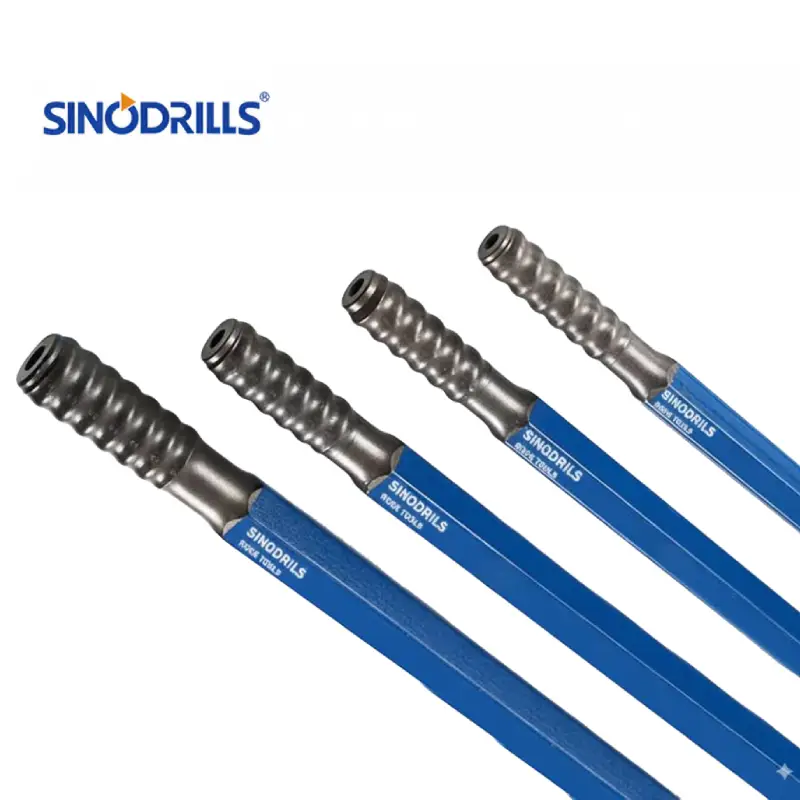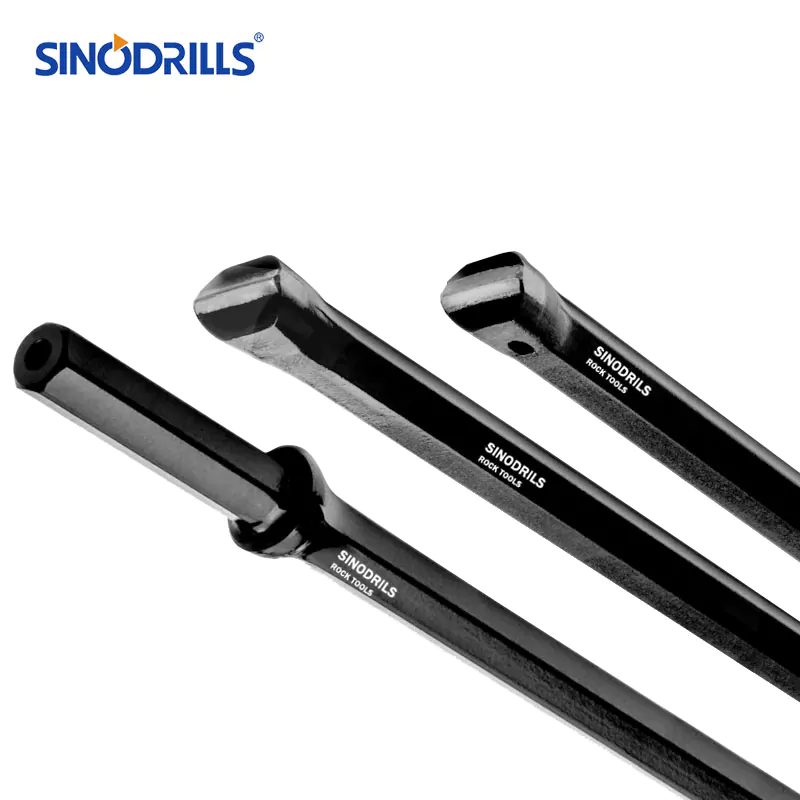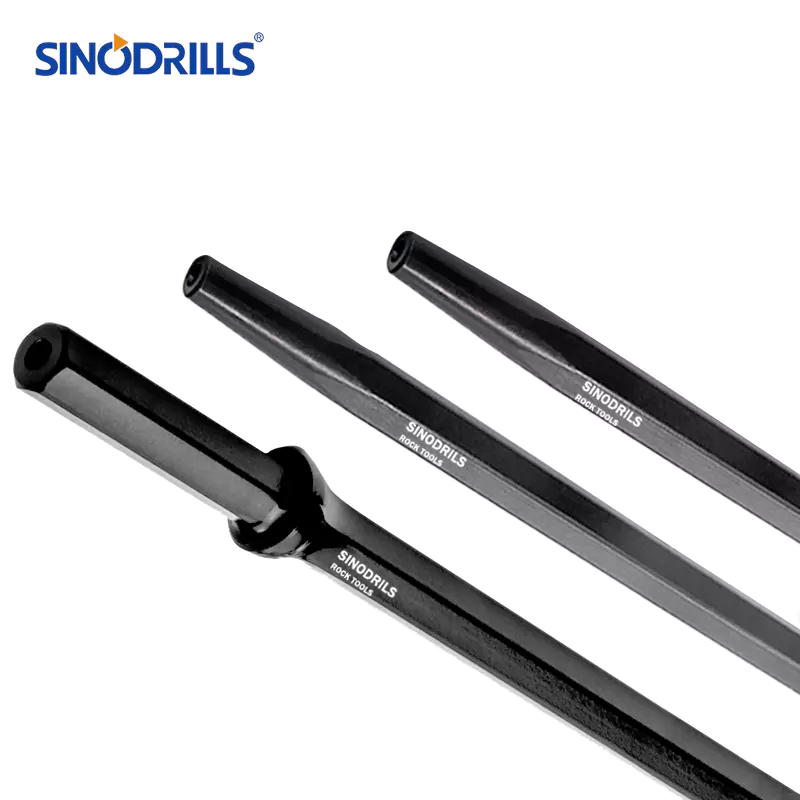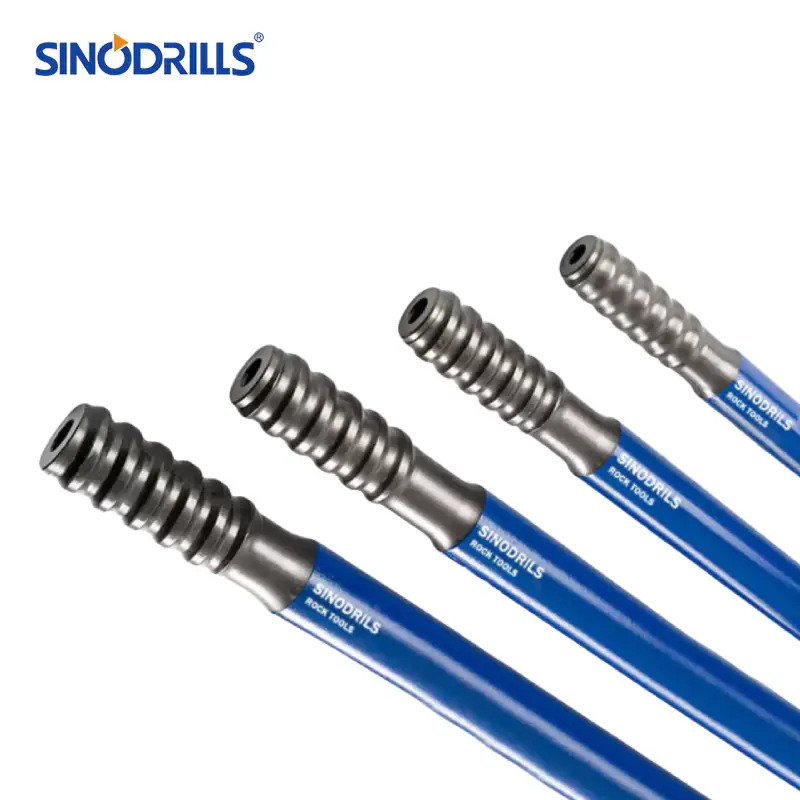Hardening a drill rod is a crucial process that transforms a soft, malleable piece of steel into a strong, durable tool capable of withstanding the rigors of drilling. This heat treatment process is essential for anyone looking to create custom tools, dies, or punches from drill rod. It’s a skill that combines an understanding of metallurgy with careful execution to achieve the desired results.
Whether you are a seasoned machinist or a hobbyist, mastering the techniques of hardening is key to extending the life and performance of your tools. This guide will walk you through the three primary methods of hardening drill rod—air, oil, and water—providing you with the knowledge needed to select the correct method for your specific material and application.
What are Drill Rods?
Recommended Drill Rods
Drill rods, in the industry of large-scale drilling operations, are high-strength steel bars that serve as the crucial link between the drilling machine and the drill bit. They are engineered to endure immense stress, transmitting the rotational torque and percussive force from the rig to the cutting tool.
Primarily used in mining, quarrying, construction, and geological exploration, these drill rods are made from specialized alloy steel to withstand abrasive rock formations and prevent premature failure due to fatigue and wear. The choice of drill rod, including its size, length, and thread type, is determined by the specific drilling application and the rock type being drilled.
What is Drill Rod Hardening?
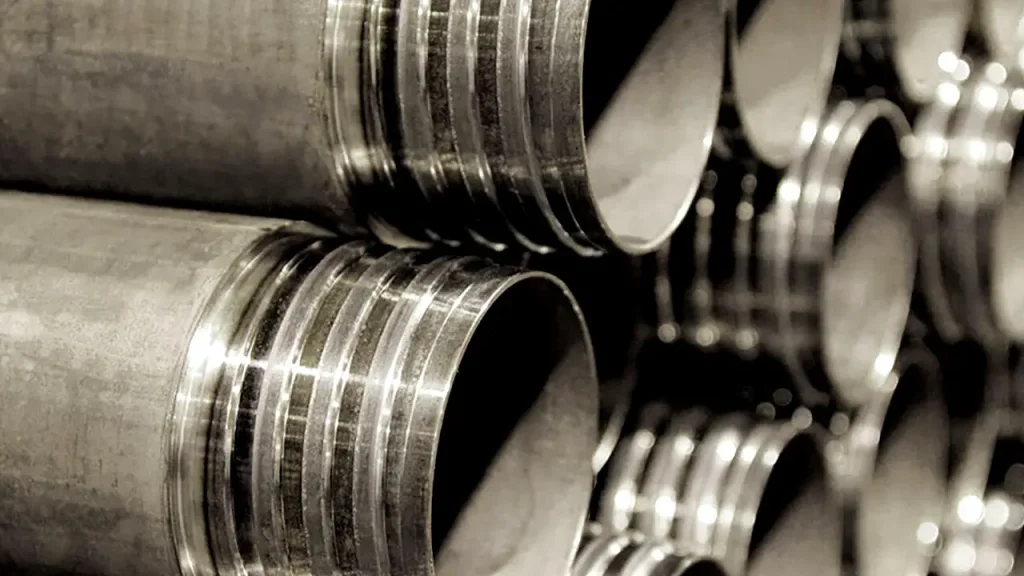
Drill rod hardening is a critical heat treatment process that transforms a raw, soft steel rod into a durable, high-performance tool capable of withstanding the extreme stresses of rock drilling.
By heating the rod to a specific temperature and then rapidly cooling it, the internal crystal structure of the steel is altered, creating a martensitic phase that is exceptionally hard. This process is essential for increasing the rod’s resistance to wear, abrasion, and deformation, which are constant threats in demanding environments like mining and quarrying, ultimately extending its operational lifespan and ensuring reliable performance.
Types of Drill Rods According to the Manufacturing Process
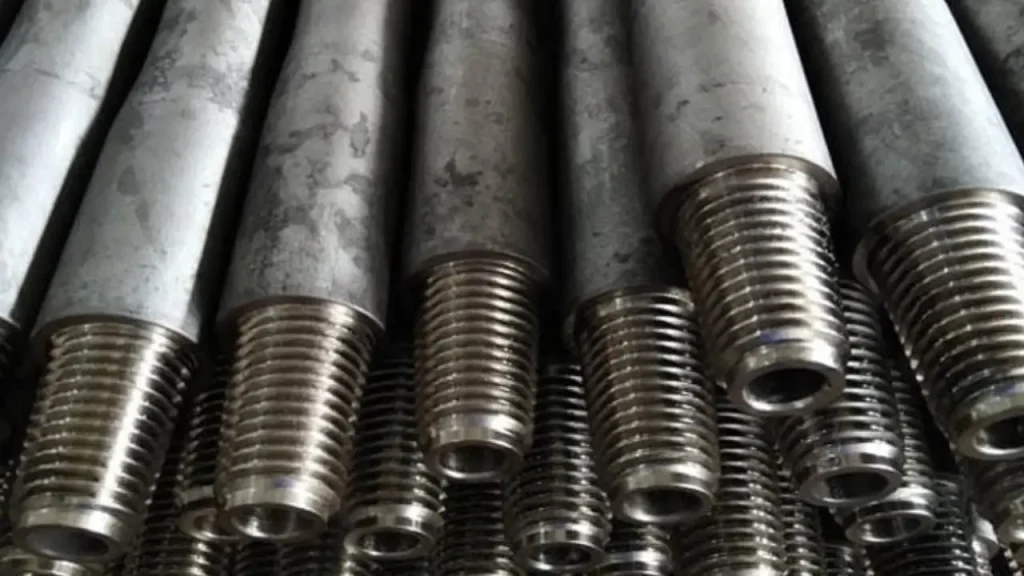
Drill rods can be classified based on the heat treatment process used to harden them, which dictates their final properties and suitability for different applications. This manufacturing step is crucial for achieving the necessary durability and strength.
Air Harden Drill Rods
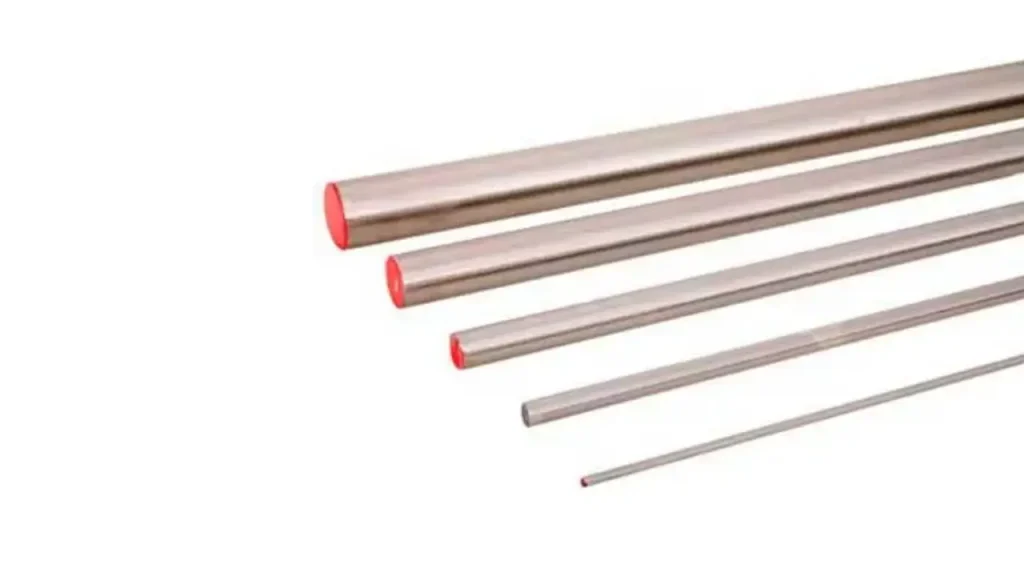
These drill rods are made from a specific type of steel that is hardened by simply cooling in still air after being heated to a specific temperature. This slow cooling process reduces internal stress, making them less prone to warping or cracking. Air harden drill rods are known for their exceptional toughness and dimensional stability, making them ideal for applications requiring precision and minimal distortion.
Oil Harden Drill Rods
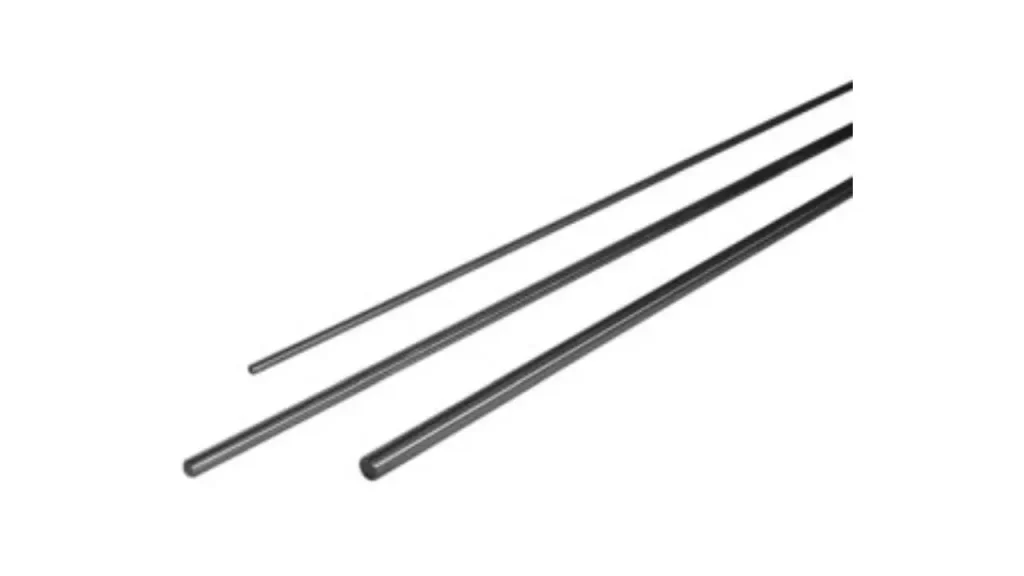
Oil harden drill rods are quenched in oil after being heated to their critical temperature. This method provides a faster cooling rate than air hardening but is slower than water hardening, offering a good balance of hardness and toughness. The oil quench minimizes thermal shock, which helps to prevent cracking and provides a higher degree of hardness compared to air-hardened steel, making it suitable for a wide range of general-purpose tooling.
Water Harden Drill Rods
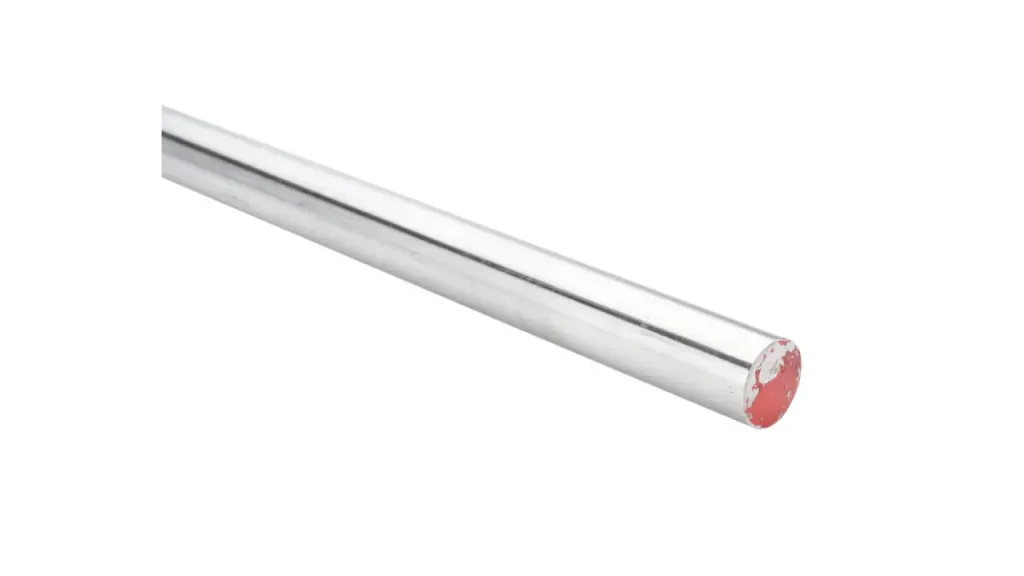
Water harden drill rods are hardened by quenching them in water, which is the most aggressive cooling method. This rapid cooling produces the highest possible surface hardness but also creates significant internal stress, making the steel more brittle and susceptible to cracking. This method is typically used for applications where extreme hardness is paramount and the part’s shape allows for a safe and controlled quench without risking failure.
Here are some differences between types of drill rods:
| Feature | Air Harden Drill Rods | Oil Harden Drill Rods | Water Harden Drill Rods |
| Cooling Method | Cooled slowly in still air | Quenched in oil | Quenched rapidly in water |
| Hardness Level | Lower to medium hardness | Medium to high hardness | Highest hardness |
| Toughness | High toughness and excellent dimensional stability | Good balance of hardness and toughness | Lower toughness, prone to brittleness |
| Warpage/Cracking | Low risk of cracking and minimal warpage | Low to moderate risk, less prone to cracking than water hardening | Highest risk of cracking and warpage due to rapid cooling |
| Core Hardness | Uniform hardness throughout the rod | Harder case with a tougher core | Very hard case with a relatively tough core |
| Application | Ideal for precision tooling where minimal distortion is critical, like gauges and mandrels. | Versatile for general-purpose tooling, dies, and punches where a good balance of properties is needed. | Suitable for applications requiring maximum surface hardness, such as cutting tools and files, where brittleness is less of a concern. |
| Steel Type | Typically made from high-carbon, high-chromium tool steels. | Often made from medium-carbon alloy steels. | Made from plain carbon steels or low-alloy tool steels. |
How to Harden Drill Rods?
To ensure drill rods can withstand the intense forces of rock drilling, they must undergo a meticulous hardening process. This heat treatment dramatically increases the steel’s hardness and durability, making it suitable for tough environments like quarrying and mining.
Step 1: Pre-heating
The initial step in hardening is to heat the drill rod evenly to a specific temperature, typically below its critical temperature. This pre-heating process helps to prevent thermal shock, which can cause the steel to crack or warp during the more intense heating phase. It prepares the metal for the next step by gradually equalizing its temperature.
This gradual heating ensures that the internal and external sections of the drill rod expand uniformly. Without this step, rapid heating could create significant thermal gradients, leading to stresses that would compromise the structural integrity of the rod, making it unusable for its intended heavy-duty application in rock drilling.
Step 2: Austenitizing
Next, the drill rod is heated to its critical temperature, a point where the steel’s crystal structure transforms into a phase called austenite. This precise heating is vital for dissolving carbon and other alloying elements into a solid solution. The temperature must be carefully controlled to achieve this transformation without overheating the steel.
Maintaining this temperature for a specific duration allows the austenite structure to fully form throughout the rod. This complete and uniform transformation is essential, as the final hardness of the steel depends directly on the success of this austenitizing phase. Insufficient heating will result in a rod that is not hard enough for drilling.
Step 3: Quenching
Quenching is the rapid cooling of the drill rod from its austenitizing temperature. This quick cooling locks the carbon atoms in the steel’s crystal structure, transforming it into a very hard and brittle phase called martensite. The quenching medium—air, oil, or water—is chosen based on the type of steel and the desired final hardness.
Air hardening involves cooling the rod in open air, which is a slow and gentle process that minimizes warping. Oil hardening provides a faster cool, creating a harder surface while still protecting against cracking. Water hardening, the most aggressive method, results in maximum hardness but requires careful control to avoid damage.
Step 4: Tempering
After quenching, the drill rod is extremely hard but also very brittle. Tempering is a secondary heat treatment process that involves reheating the rod to a lower temperature for a specific time, followed by cooling. This step reduces the brittleness and relieves the internal stresses caused by quenching.
Tempering is crucial for improving the rod’s toughness and ductility, making it resilient enough to withstand the repeated impacts and stresses of rock drilling. The tempering temperature and duration determine the final hardness; a higher temperature results in a tougher, but less hard, rod.
Step 5: Final Inspection
The final step is a thorough inspection of the hardened drill rod. This includes checking for any signs of cracking, warping, or other defects that may have occurred during the heat treatment process. A hardness test is performed to confirm that the rod has reached the desired level of hardness.
This quality control measure is essential to ensure the drill rod meets the rigorous safety and performance standards required for rock drilling. An imperfectly hardened rod could fail during operation, causing significant downtime and posing a safety risk. Only rods that pass this inspection are deemed fit for use.
Why Drill Rod Hardening?
Drill rod hardening is a critical heat treatment process that transforms the steel from a soft, workable state into a robust and durable tool. The primary purpose of this process is to increase the steel’s resistance to wear, abrasion, and deformation, which are constant threats in demanding applications like mining and quarrying. Hardening achieves several key objectives:
- Increased Hardness: The process creates a martensitic structure in the steel, significantly increasing its surface hardness.
- Enhanced Strength: A hardened rod can withstand higher torsional and compressive forces without bending or breaking.
- Improved Durability: Hardened rods have a longer operational lifespan, reducing the frequency of replacement and associated downtime.
- Optimal Performance: By preventing premature wear, hardening ensures the drill rod maintains its cutting efficiency and accuracy throughout its service life.
When to Harden Drill Rods?
Drill rods are typically hardened after they have been machined to their final shape and dimensions. In their raw state, they are soft, or annealed, which makes them easier to cut, turn, and thread. Once the necessary customization and tooling are complete, the hardening process is initiated. The timing is critical to ensure that the final product has the required properties to perform effectively in demanding environments. This process should be done:
- After Machining: The final dimensions, threads, and any other intricate features are created while the rod is in a soft state, preventing damage to tooling and ensuring precision.
- Before Use: Hardening is the final step before the rod is put into service, guaranteeing that it has the maximum possible hardness and durability for rock drilling applications.
- For Specific Applications: Hardening is essential when the rod will face high-stress conditions, such as repeated impact, torsion, and abrasive contact with hard rock formations.
- To Prevent Failure: An unhardened drill rod would quickly wear down, bend, or break under the forces of rock drilling, leading to equipment failure and project delays.
Conclusion
In conclusion, successfully hardening a drill rod is a critical skill that directly impacts the performance and longevity of your tools. By carefully following the steps for air, oil, or water hardening, you can transform a standard rod into a robust, high-performance tool. Each method offers distinct advantages and is suited for different types of drill rod, ensuring you can achieve the perfect balance of hardness and toughness for any application.
Remember that the process doesn’t end with quenching. Tempering is an equally vital step that relieves internal stresses and prevents your newly hardened tool from becoming brittle. This final heat treatment ensures that your drill rod not only retains its hardness but also gains the necessary toughness to resist chipping and cracking under pressure, making it reliable for repeated use.
If you are looking to purchase high-quality drill rods for your projects, look no further. We offer a wide selection of wholesale drill rods suitable for various hardening methods and applications. Visit Sinodrills today to get the best materials for your tooling needs and start creating professional-grade tools with confidence and precision.

